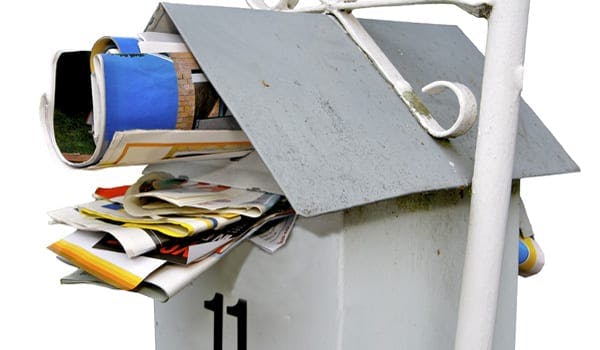Reaching up to 18.3 million Australians every week, and ranked number one for advertising effectiveness, catalogues are continuing to prove their value to advertisers.
Managing to bypass the chronic decline of other forms of print media, the traditional letterbox delivered catalogue remains a highly effective marketing tool for small businesses.
The sheer volume of catalogue deliveries indicates their pervasiveness. In 2012, over 8 billion catalogues were produced and distributed by retailers.
Kellie Northwood, executive director of the Australian Catalogue Association, said that catalogues continue to be useful because they have properties that set them apart from other advertising channels.
“Catalogues coming through the letterbox are predominantly being used as a reference point that people will return to once or twice in the catalogue’s cycle,” Northwood said.
Notably, consumers are also retaining catalogues longer and using them more often when making purchasing decisions. A survey by Australia Post found 72 per cent of respondents said the top attribute of a catalogue is that it is easy to refer to later.
“Other advertising channels have a much shorter window of time, whereas with catalogues you can have an uninterrupted conversation with a potential customer,” Northwood added.
“It’s a noisy world where everyone is selling something. A well-designed and well-crafted catalogue just gives an edge and a different approach,” she said.
Changes in the printing and distribution side of the catalogue industry also help make catalogues more viable for small businesses.
Ryan Christie, marketing campaign manager at catalogue distributor Local Direct Network believes that using catalogues has become more viable for small businesses as distributors can organise campaigns from start to finish.
Christie also argues that improvements in distribution technology have enabled narrow targeting that favours businesses that may only have a small local presence.
“One stand-out feature is a powerful Google Maps integrated system that allows customers to customise their exact distribution areas all in a couple of clicks,” Christie said.
“Customers can literally select households in a radius to their store, near households to competitors’ stores or target an audience in suburbs along major roads that pass by their store,” Christie added.
Distributors can also offer demographic targeting that can be overlaid onto distribution mapping.
Small businesses that may have once seen catalogues as a mass-marketing channel primarily for larger retailers are now able to use them effectively on a small scale that isn’t cost-prohibitive.
Progress with printing technology has made smaller runs more affordable, which has lead to the diversification of the types of businesses that want to use catalogues.
In a move away from traditional catalogue users such as large grocers and electrical stores, there has been considerable growth from sports and fitness, homewares, real estate and mobile phone businesses.
Using data on potential markets from catalogue distributors, businesses are able to start local area marketing campaigns that are more targeted and effective.
“Small businesses can say, ‘This is my product and this who I want to communicate with’ and the distributors will work with that brief to build a very relevant campaign,” Northwood said.
“Most distributors will also help create artwork, so catalogues are no longer such a scary proposition for small businesses.”
Northwood believes that neither media such as television and radio, nor magazines can deliver campaigns that can target a store’s catchment as directly as catalogues so they remain an important marketing tool.
“More and more small business are realising that they’re in the retail business and that they need to communicate in order to survive. Whether your business is big or small you need to tell people that you’re there,” Northwood said.

